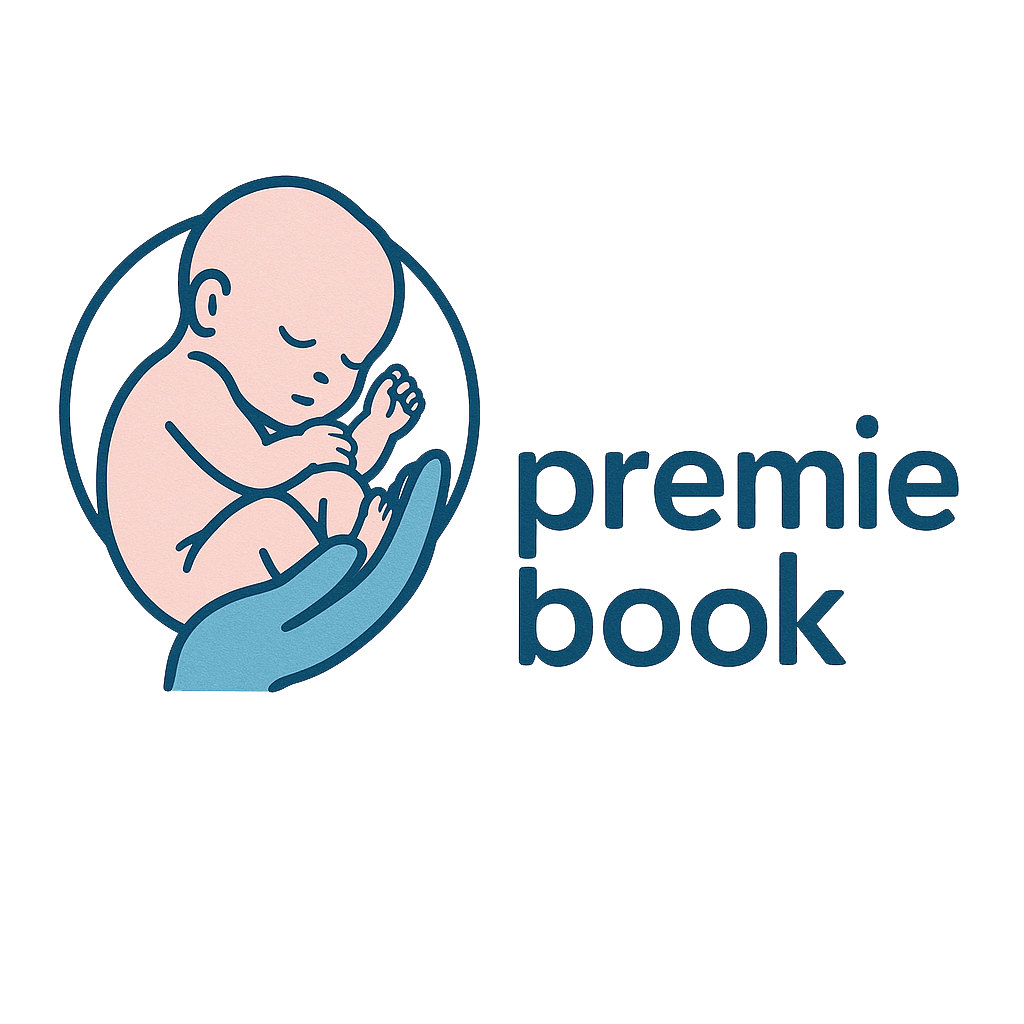As the construction industry evolves, there is a growing need for materials that reduce structural load while offering strength, durability, and sustainability. Lightweight aggregate concrete has become a material of choice for developers and engineers seeking efficient solutions for residential, commercial, and infrastructure projects. Its reduced density, thermal insulation, and fire resistance make it particularly suitable for high-rise and large-scale developments.
The Lightweight Aggregate Concrete Market is expanding due to urbanization, infrastructure investment, and the adoption of sustainable building materials. Lightweight aggregates such as expanded clay, shale, and slate help reduce concrete density while maintaining structural integrity, allowing for safer and more efficient construction. The material is applicable across structural and non-structural elements, including beams, columns, partitions, and flooring.
Significant growth in the market is supported by a rising focus on eco-friendly construction practices and energy-efficient building materials. Government regulations, green building certifications, and incentives for sustainable construction have further encouraged adoption of lightweight concrete. Developers also benefit from reduced handling and transportation costs, making it a cost-effective solution for large-scale projects.
The market is segmented by product type and application. Structural lightweight concrete is widely used for load-bearing elements, whereas non-structural concrete serves partitions, facades, and flooring needs. Infrastructure projects, including highways, bridges, and urban development initiatives, remain key growth segments due to large-scale investments, while residential and commercial projects contribute steadily to overall market expansion.
Regional dynamics are vital to understanding the Lightweight Aggregate Concrete Market. North America and Europe dominate due to mature construction industries and a focus on sustainable building practices. Asia-Pacific is projected to witness the fastest growth, driven by rapid urbanization, industrialization, and government-funded infrastructure projects in countries such as China, India, and Japan.
Emerging trends include the integration of recycled aggregates, innovative production methods for enhanced performance, and digital construction technologies like BIM that optimize material use and design accuracy. Companies are investing heavily in R&D to develop high-performance, eco-friendly products to maintain competitiveness.
The Lightweight Aggregate Concrete investment analysis indicates that the market offers lucrative opportunities for stakeholders, investors, and manufacturers. With ongoing urbanization, sustainability initiatives, and technological advancements, lightweight aggregate concrete is expected to maintain a strong growth trajectory globally.
In summary, the Lightweight Aggregate Concrete Market presents significant opportunities for growth, efficiency, and innovation. Its continued adoption in modern construction projects ensures a promising outlook for the coming decade.


